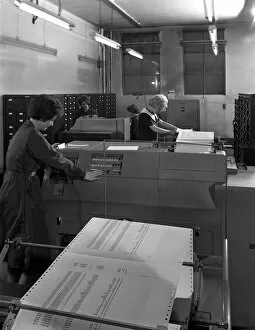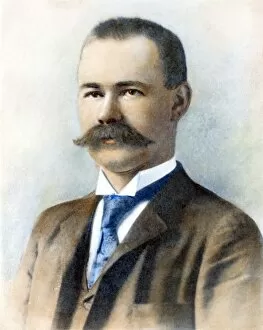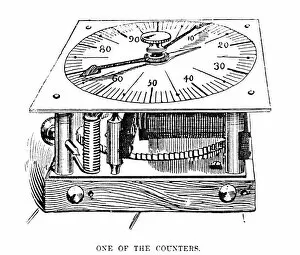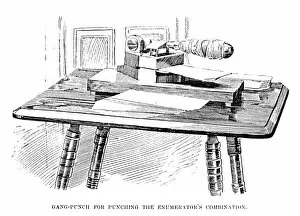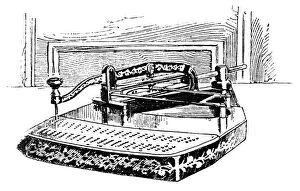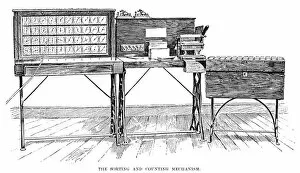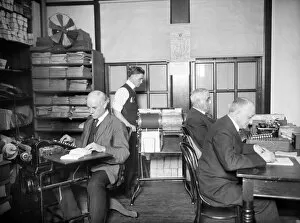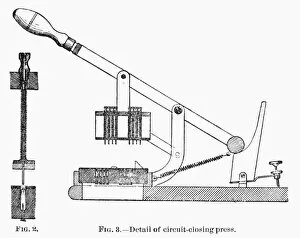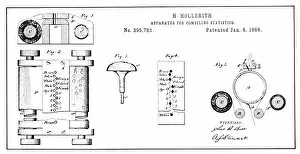Tabulator Collection
In the bustling punch room of a Sheffield factory office in 1963, tabulating machines hummed with efficiency
All Professionally Made to Order for Quick Shipping
In the bustling punch room of a Sheffield factory office in 1963, tabulating machines hummed with efficiency. These mechanical marvels, known as Hollerith data machines, revolutionized the way information was processed and analyzed. Developed by the brilliant American statistician and inventor Herman Hollerith, these tabulators were at the forefront of technological advancement. One such machine could be found in an office at the Edgar Allen Steel Co. In Sheffield, South Yorkshire during that same year. It tirelessly sorted and counted data with precision, aiding in streamlining operations and improving productivity. The roots of this remarkable invention can be traced back to 1894 when Hollerith first introduced his groundbreaking Hollerith tabulator. This device utilized punched cards to store information and perform calculations swiftly—a true game-changer for its time. Looking further into history, we find ourselves transported to early 20th century America where diligent workers meticulously counted census data using a census tabulator. This essential tool enabled accurate population statistics crucial for planning public services and resource allocation. Fast forward to 1937; workers in a Washington warehouse diligently operated an unemployment census machine. With each punch on their gang-punch devices devised by Hollerith himself, they contributed valuable insights into employment trends—an invaluable aid for policymakers seeking solutions during challenging times. Herman Hollerith's impact extended beyond his inventions; he left an indelible mark on statistical analysis itself. A portrait painted over one of his photographs immortalizes this visionary figure who forever changed how we process information. Returning to the origins of it all—the Census Machine from 1890—we witness operators deftly working keypunches designed specifically for statistical tabulation purposes. The sorting and counting mechanisms within these machines paved the way for more efficient data processing methods that continue to shape our world today. From factories to offices, warehouses to census bureaus—tabulators have played a vital role throughout history.



